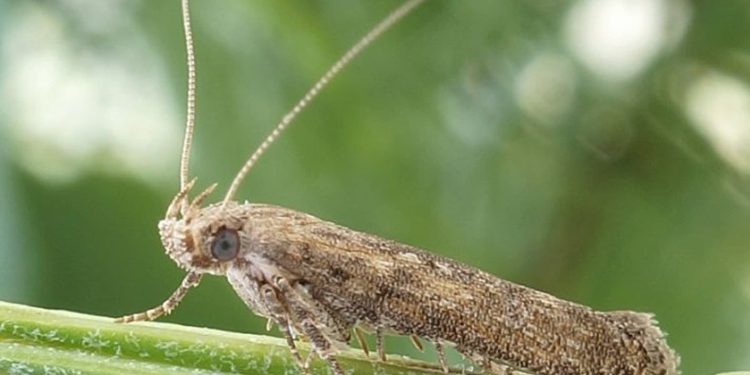#PotatoProtection, #PestControl, #IntegratedPestManagement, #TeciaSolanivora, #GuatemalanPotatoMoth, #Agriculture, #FoodSecurity
Tecia solanivora, commonly known as the Guatemalan potato moth, is a pest that poses a significant threat to potato crops worldwide. This insect is known for causing considerable damage to potato tubers, leading to significant yield losses and economic impacts for farmers. As a result, developing effective management strategies for Tecia solanivora has become a top priority for agricultural researchers and policymakers.
One of the most promising developments in Tecia solanivora management has been the use of pheromone traps. These traps are designed to attract and capture male moths, preventing them from mating with female moths and reducing the overall population of the species. Additionally, researchers have explored the use of natural predators and parasites to control Tecia solanivora populations, including parasitoid wasps and predatory beetles.
However, the development of effective Tecia solanivora management strategies is not without consequences. Some of the methods used to control the pest can also impact non-target organisms, leading to unintended ecological consequences. For example, the use of pesticides to control Tecia solanivora populations can harm beneficial insects and disrupt the natural balance of ecosystems.
To minimize these unintended consequences, researchers and policymakers must carefully consider the potential impacts of Tecia solanivora management strategies on both target and non-target organisms. This involves conducting thorough risk assessments and developing integrated pest management plans that incorporate a range of strategies, including cultural, biological, and chemical approaches.
In conclusion, the development of effective Tecia solanivora management strategies is crucial for protecting potato crops and ensuring food security. However, it is essential to approach this issue with a balanced perspective that considers both the benefits and potential risks of different management strategies. By doing so, we can protect potatoes and other crops while also preserving the health and biodiversity of our ecosystems.

